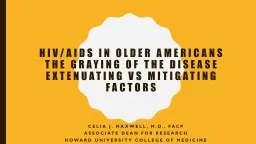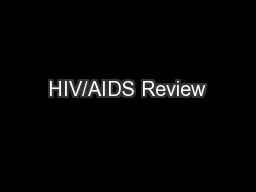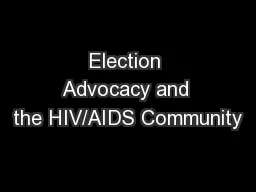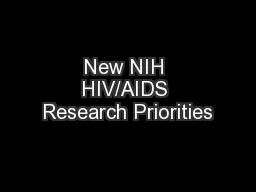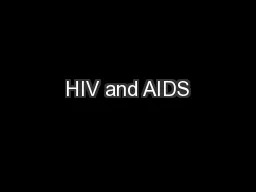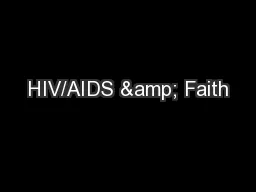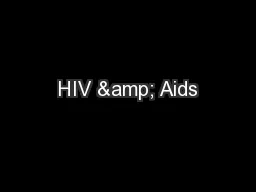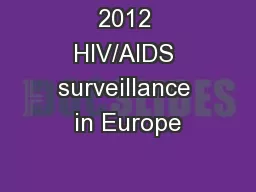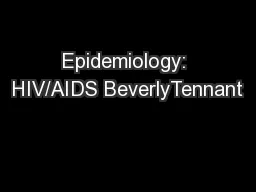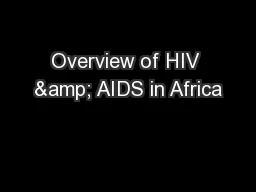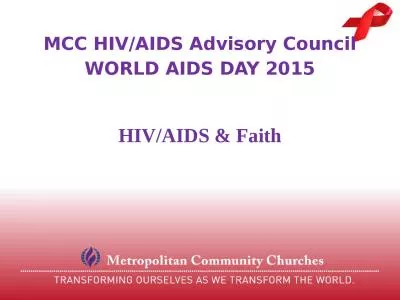PPT-HIV/AIDS in Older Americans
Author : min-jolicoeur | Published Date : 2018-09-23
The graying of the disease Extenuating vs Mitigating Factors Celia J Maxwell MD FACP Associate Dean for Research Howard University College of Medicine CDC Campaign
Presentation Embed Code
Download Presentation
Download Presentation The PPT/PDF document "HIV/AIDS in Older Americans" is the property of its rightful owner. Permission is granted to download and print the materials on this website for personal, non-commercial use only, and to display it on your personal computer provided you do not modify the materials and that you retain all copyright notices contained in the materials. By downloading content from our website, you accept the terms of this agreement.
HIV/AIDS in Older Americans: Transcript
Download Rules Of Document
"HIV/AIDS in Older Americans"The content belongs to its owner. You may download and print it for personal use, without modification, and keep all copyright notices. By downloading, you agree to these terms.
Related Documents

